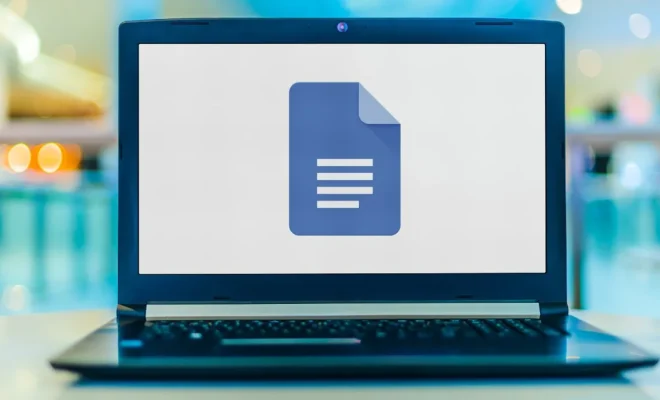Swapping Microsoft Word for Google Docs? Simple Tips to Help You Get Started

Are you thinking of making the switch from Microsoft Word to Google Docs? You’re not alone. As more people shift towards cloud-based solutions, Google Docs has become a popular choice for word processing. In this article, we will share simple tips to help you get started with this powerful and user-friendly platform.
1. Access Google Docs
To begin, sign in to your Google account or create one if you don’t have it already. Then, navigate to the Google Docs homepage at docs.google.com. Here, you’ll be able to access your documents, create new ones, and import files from other sources.
2. Understand the Interface
Upon opening a new or existing document, you’ll find that Google Docs shares many similarities with Microsoft Word. Familiarize yourself with the interface—toolbars, menus, and buttons—which are all quite intuitive.
3. Create and Edit Documents
Click the “+” button in the main menu to create a new document. Just like in Microsoft Word, you can type, insert images, tables or charts and format text using the available tools.
4. Import and Convert Files
Google Docs allows you to import documents from various formats such as .doc, .rtf, .txt, or .html files among others. Simply click on ‘File’ > ‘Open’ > ‘Upload’ then select your file. Once imported, it will be converted into a Google Docs format.
5. Share and Collaborate
One of the biggest advantages of switching to Google Docs is the ease of collaboration it offers. Click on the ‘Share’ button at the top right corner of the screen and enter email addresses for team members or generate a shareable link that can be distributed accordingly.
6. Track Changes and Revisions
In Google Docs, every change made is automatically saved and recorded in version history accessible through ‘File’ > ‘Version history’. This allows you to view revisions and even revert to previous versions when needed.
7. Sync and Save
As you work on your document, it will be automatically saved to your Google Drive account, ensuring that your work is accessible from any device with an internet connection.
8. Export Documents
When you want to export your documents—whether for printing or other compatibility purposes—simply navigate to ‘File’ > ‘Download’ and choose from various formats like PDF, Microsoft Word, or plain text.
9. Utilize Add-ons
Google Docs offers a wide range of add-ons designed to improve functionality and enable integration with other applications. Explore the available options by clicking on ‘Extensions’ > ‘Get add-ons’; this can enrich your experience to suit specific needs.
10. Customize Preferences
To personalize your Google Docs experience, navigate to ‘Tools’ > ‘Preferences’, where you can customize settings like autocorrect, smart quotes, language input, default font, etc.
In conclusion, transitioning from Microsoft Word to Google Docs can be a seamless process when equipped with these simple tips. Explore the platform’s versatility and take advantage of its collaboration capabilities to enhance your productivity today.





